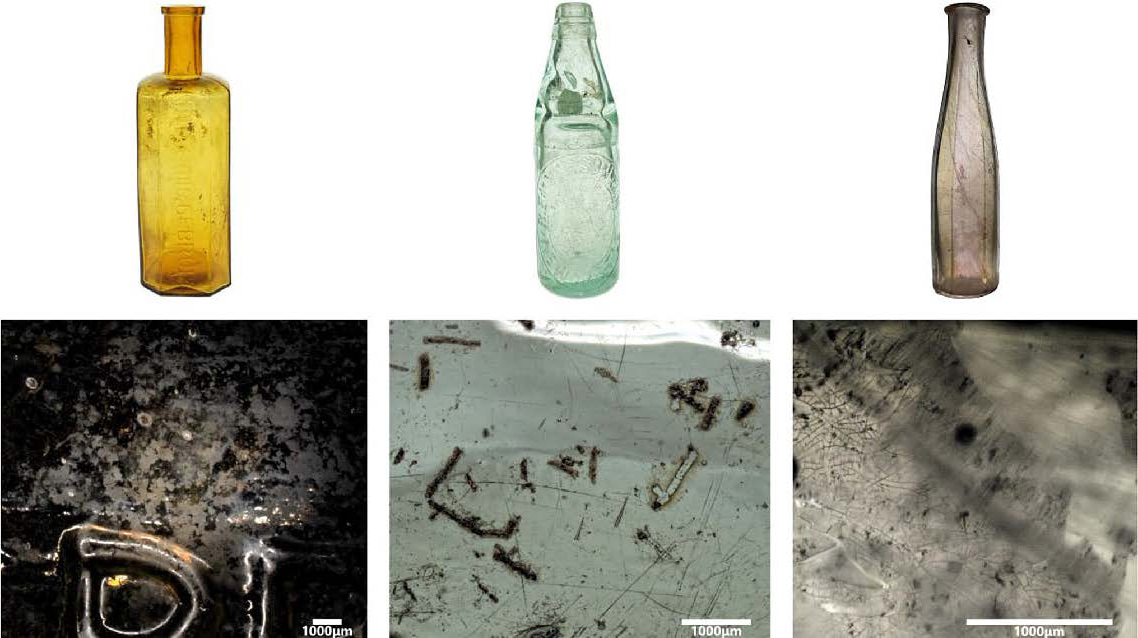Effects of Composition on the Durability and Weathering of Flat Glass

Abstract
Among the environmental factors affecting glass weathering are humidity, exposure time, temperature, and the presence of pollutants in the atmosphere. Notwithstanding that the weathering produced depends on numerous factors, the important weathering effect of high humidity may be specifically mitigated by using a good chemical composition for the glass. To evaluate this relationship, flat glass samples from three suppliers were studied. The chemical composition of the samples was determined and the variability in compositions was evaluated to verify to what extent these small differences can affect their chemical durability. The chemical durability of the samples was evaluated by determining the hydrolytic resistance of crushed glass powder and using a visual appearance evaluation of bulk samples. The results demonstrate that when the samples are frequently washed, the compositional differences found between the suppliers can cause a significant difference in durability. The samples possessing the highest molar concentrations of Al2O3, and alkaline earth oxides (MgO + CaO) exhibited the highest hydrolytic resistance and the least visual deterioration. Differences encountered for the weathering products of glasses of comparable bulk compositions highlight that the process parameters play a major role in the alteration of the surface compositions of the glasses. For the unwashed samples, no consistent correlation was found between hydrolytic resistance and visual deterioration.
Published
Issue
Section
Strength & Stability
License
Copyright (c) 2022 Clarissa Justino de Lima, Brandon Aldinger, Peter de Haan, Telesilla Bristogianni, Fred Veer

This work is licensed under a Creative Commons Attribution 4.0 International License.



